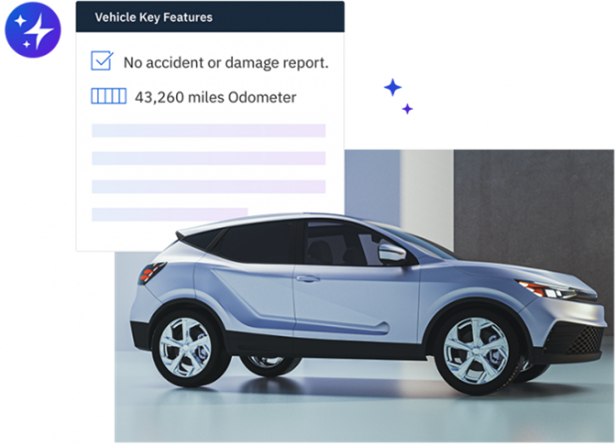How Do You Sell Accessories?

Article Highlights:
- Dealerships are only capturing 10% of a $41 billion accessory sale market.
- Accessory sales can open a whole new profit center for your dealership.
How do you sell accessories?
This isn’t a trick question or the intro to Sales 101. It’s a legitimate query, and for dealers, having a legitimate answer can be the key to opening up a whole new profit center in their dealerships.
That’s because dealerships have a disproportionally small slice of the national accessories pie. While sales of accessories are over $41 billion annually and nearly half of all new vehicle buyers plan to accessorize their vehicles, only 10 percent do so at the dealership.
The reason? Dealerships aren’t actively offering accessories to their buyers. One of the main reasons is selling accessories is a unique challenge. You can’t approach it in the same way you approached the car deal you just closed.
Instead, you have to rethink what you know about selling.
Apply these three tenets to your accessories approach, and uncover a new profit center in your everyday sales process.
Dial it Back
Be aware of the fact that the customer you are attempting to “upsell” on accessories has just finished committing to a big purchase – the biggest, other than a house, that many people will ever make.
Dial it back, keep it low pressure, and simply present valuable options rather than pitching products. Your task is to show how much more the customer can add to their vehicle for just a few dollars extra per month.
The best way to do this is to make the process interactive. Have the customers guide the discussions, showing them what their vehicle will look like with and without all the different options.
Show, Don’t Tell
Don’t be surprised or offended if the customer’s eyes start to glaze over the minute you start verbally explaining accessories options or pulling out the price sheet.
Find a way to show customers exactly what different accessories will look like on their vehicle, and demonstrate what those accessories will do for them. When you make the value proposition real and tangible, the customer will be more likely to spend an extra few dollars a month.
Timing is Everything
There’s a slim, but optimal, window of opportunity when you should present accessories: after the deal is agreed upon, but before the F&I process gets underway.
The reasons for this are simple and numerous. For one thing, it fits naturally into the lull that often occurs between the sales floor and the F&I office, turning potentially wasted time into maximized productivity. Also, people are on something of a natural high just after making that decision to buy, and the realities of F&I have not yet set in to put them on defense in terms of monthly price.
Plus, this approach just gives your F&I manager a few minutes to get the necessary paperwork together. Your customers will be glad not to have to sit around waiting.
Start Charting a New Course to Profitability
As sales flatten, expenses rise, and regulations increase, the need to search out new profit centers in your dealership has never been more pressing. Dealers often shy away from the perceived headache of dealing with accessories sales, but it shouldn’t be that way.
Take a long, hard look at your approach to accessories sales, take these three bits of hard-earned advice to heart, and start charting a new course to profitability and success today.
Related Articles:

The Future of Variable Ops with Experts at NADA 2025
Explore how AI is transforming variable operations in automotive retailing with insights from NADA 2025. Learn about efficiency, profitability, and fraud prevention from industry leaders.

Decision made regarding the Vehicle Shopping Rule – now what?
Check out five key takeaways from the Vehicle Shopping Rule to keep your dealership safe from FTC enforcement actions.

3 Ways AI Can Elevate Your Dealership’s Online Inventory
On average, Americans are exposed to between 4,000 and 10,000 advertisements every day. From commercials on TV to billboards on your way to work, all…

The Pizza Playbook – What Ordering Pizza Teaches Us About F&I
For as long as I can remember, my family had “pizza night” every week. Without fail, every Friday evening we’d all gather around the computer…















